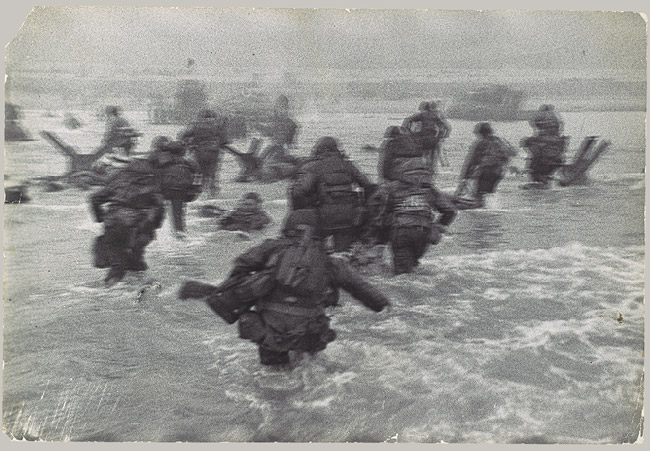

On the one hand, there was an effort made to address peasant affairs on the other hand it was unclear how far or fast any transformation of the Russian countryside was taking place. On the one hand, there was continuing rapid, economic growth on the other hand that meant the further development of a very radical working class, growing larger and concentrated in the key political centers of the country. On the one hand, there did exist a very conservative parliamentary regime on the other hand, there was a tsar who still believed that he was an autocrat. Compare that to the contemporary debate over Russia's direction in Vekhi. pessimists who held that Russia was not getting better and that revolution was imminent in 1914, postponed only by the outbreak of war) over Russia's "progress" before World War I took place in the Slavic Review issues of December 1964 and March 1965: Leopold Haimson, "The Problem of Social Stability in Urban Russia, 1905-1917" (in two parts) Arthur Mendel, "Peasant and Worker on the Eve of the First World War" Theodore von Laue, "The Chances for Liberal Constitutionalism" and, Haimson, "Reply." Also in this vein, Hans Rogger, "Russia in 1914," Journal of Contemporary History (October 1966). An interesting debate (optimists argued that conditions were getting better and that it was only World War I which doomed Russia to revolution vs.

There has always been much discussion among scholars about whether conditions in Russia were improving between 19.


 0 kommentar(er)
0 kommentar(er)
